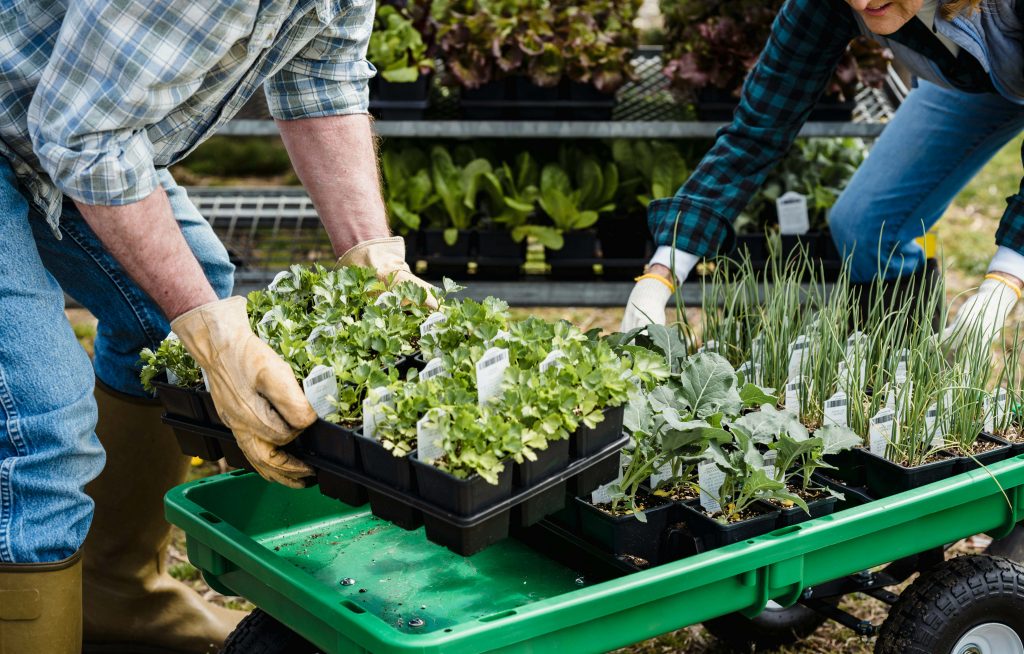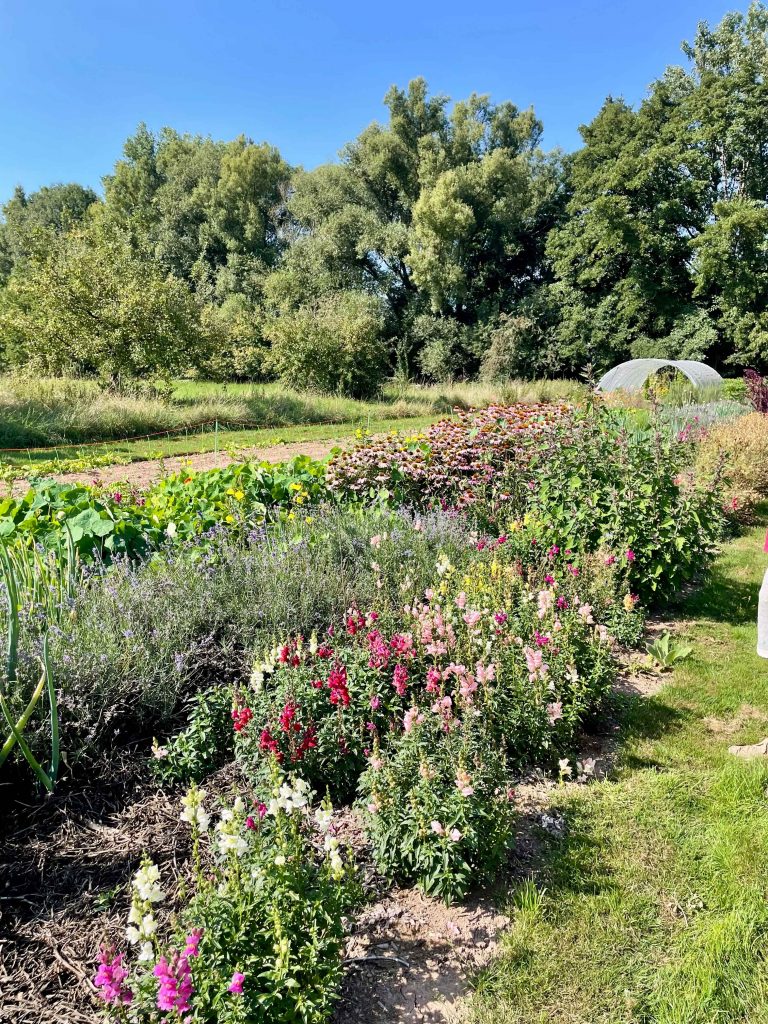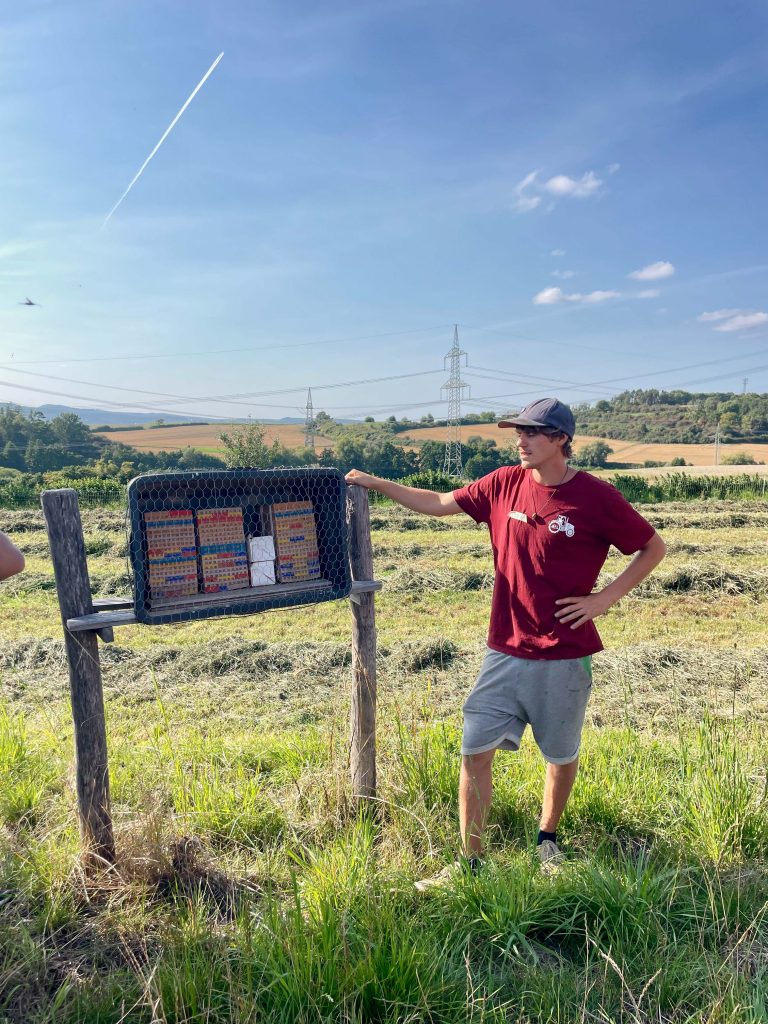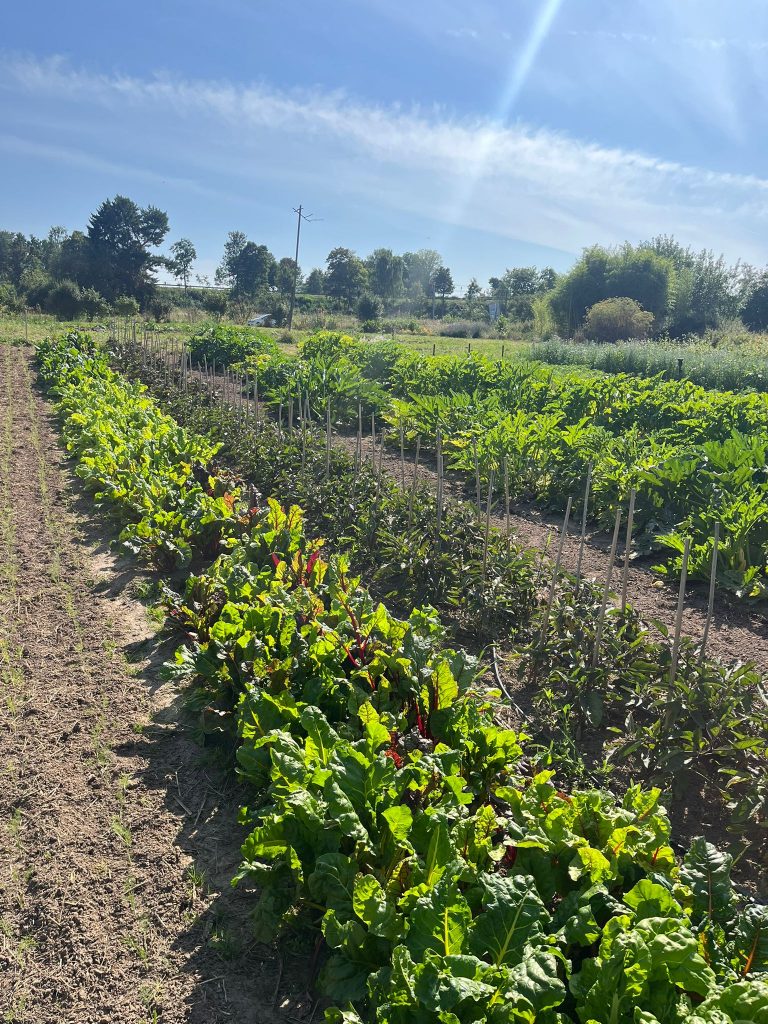A post by Emile Ammann, Judith Chileshe, Sarah Gonzenbach, Janina Storjohann & Andrea Bedogni
Can agrobiodiversity be cultivated collectively? Modernisation in agriculture has often come at a cost. While it has boosted productivity, it has also fragmented farming communities and weakened collective practices. But in the countryside near Kassel, Germany, a different story is unfolding, one that reimagines farming as a shared, community-driven effort.

CSA in Germany
Community Supported Agriculture (CSA) is not a new concept in Germany. The first CSA farm was founded in 1988 in Lauenburg [1]. At its core, CSA is about producers and consumers coming together as a community to share the costs, risks, and rewards of farming. It is also about building short, transparent value chains that account for environmental stewardship and ensure fair returns [2]. Today, in Niederkaufungen (Kassel district), a cooperative called Alles im grünen Bereich e.V. is showing how agriculture can be both collective and biodiverse.
Growing Together: Farming with Community and Purpose
This cooperative farm consists of 270 members and manages 53 hectares of land, of which 23 hectares are arable. Its philosophy is grounded in agroecology and the circular economy principles, with farming systems designed not only to produce food but with enterprises spanning vegetables, arable crops, agroforestry, orchard meadows, education and skills development and livestock (Fig 2).



To close the loop, fruit, meat, and cheese products are partly processed on-site and distributed regionally through a farm shop and local organic networks. Instead of focusing on maximising profit, the CSA is structured in a participatory structure, leading to the acquisition of new skills and knowledge through room for interaction.
Sustainable Farming Practices
The farm enhances soil health using farmyard manure, minimum tillage, and intercultivation with hand tools and power tillers, alongside drip irrigation from a well to conserve water. Also, it produces and sells its own open-pollinated (OPV) seeds. According to one of the CSA members , it’s not a problem that the plants are not uniform, but it’s a good thing because for the vegetable box, they need the vegetables to be ripe on different days.
Agrobiodiversity and Resilience in a Changing Climate
Climate change is reshaping agricultural systems worldwide [3], and the farm responds by cultivating a wide diversity of crops to buffer against its impacts. Recent initiatives in agroforestry, along with mushroom and potato cultivation developed in partnership with other farms and universities, are guiding the farm’s future direction.
“The weather is always different, but always one of our crops profits from the weather” – a CSA member
Alles im grünen Bereich e. V demonstrates that agrobiodiversity and the future of farming are not just about crops and livestock but also about nurturing community bonds, reshaping food systems, and cultivating resilience together. CSA offers a more sustainable and morally acceptable alternative to conventional food systems.
This blog post was written as part of the “Agrobiodiversity Summer School” in Germany in August 2025. This summer school is a cooperation project between the ZHAW Institute of Natural Resource Sciences, the Research Institute of Organic Agriculture in Switzerland and Germany (FiBL) and is supported by the Mercator Foundation Switzerland.
References
[1] Wellner, M.; Theuvsen, L. Community Supported Agriculture (CSA): Eine vergleichende Analyse für Deutschland und Österreich. Jahrb. Der Osterr. Ges. Für Agrar. 2017, 25, 65–74. [Google Scholar]
[2] Meyer, J.M.; Hassler, M.Re-Thinking Knowledge in Community-Supported Agriculture to Achieve Transformational Change towards Sustainability. Sustainability 2023, 15, 13388. https://doi.org/10.3390/su151813388.
[3] Porter, J. R., et al. (2014). Food security and food production systems. In: Climate Change 2014: Impacts, Adaptation, and Vulnerability. Contribution of Working Group II to the IPCC Fifth Assessment Report, Cambridge University Press.
N.B. Tools used: Grammarly, ChatGPT for subtitle suggestions